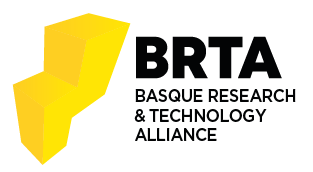Calibration-Accuracy Measurement in Railway Overlapping Multi-Camera Systems
Authors: Pablo Alonso Pérez Mikel Labayen
Date: 27.02.2024
Abstract
This paper presents a method for assessing calibration quality in overlapping multi-camera systems used in railway transportation. We propose a novel approach that considers the extrinsic and intrinsic parameters of the cameras and extracts features from their images, providing relevant patterns regarding the pose of the cameras to detect cameras’ calibration misalignment. Three feature extractors, including traditional image processing techniques and deep learning approaches, are evaluated and compared. The extracted features are used to provide a calibration quality metric, enabling real-time detection of camera calibration degradation. Additionally, we introduce a radial grid design that weights the contribution of pixels based on their distance from the camera’s optical center. The results demonstrate the effectiveness of our method in assessing the calibration degree between camera pairs. The findings highlight the superior performance of the deep learning approaches in analyzing the similarity degree between captured images. Overall, our method lays a solid foundation for the development of an online camera calibration pipeline.
BIB_text
title = {Calibration-Accuracy Measurement in Railway Overlapping Multi-Camera Systems},
pages = {317-324},
keywds = {
Calibration-Accuracy Degree; Multi-Camera Systems; Radial Grid; Railway Transportation
}
abstract = {
This paper presents a method for assessing calibration quality in overlapping multi-camera systems used in railway transportation. We propose a novel approach that considers the extrinsic and intrinsic parameters of the cameras and extracts features from their images, providing relevant patterns regarding the pose of the cameras to detect cameras’ calibration misalignment. Three feature extractors, including traditional image processing techniques and deep learning approaches, are evaluated and compared. The extracted features are used to provide a calibration quality metric, enabling real-time detection of camera calibration degradation. Additionally, we introduce a radial grid design that weights the contribution of pixels based on their distance from the camera’s optical center. The results demonstrate the effectiveness of our method in assessing the calibration degree between camera pairs. The findings highlight the superior performance of the deep learning approaches in analyzing the similarity degree between captured images. Overall, our method lays a solid foundation for the development of an online camera calibration pipeline.
}
date = {2024-02-27},
}







